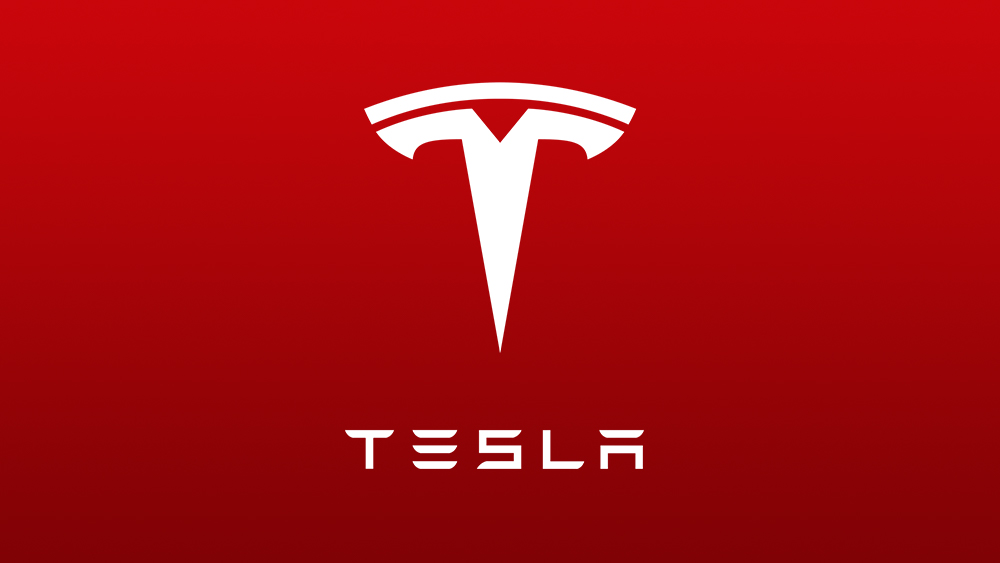Tesla stands as a beacon of innovation and progress in the automotive industry, embodying the values of creativity, sustainability, and cutting-edge technology. In this comprehensive exploration, we delve into the rich history and profound symbolism behind the evolution of the Tesla logo, offering insights on its significance in shaping the identity of one of the world's most innovative companies.
The Tesla Motors Story
Founded in 2003 by Elon Musk, Tesla Motors emerged with a revolutionary vision: to accelerate the world's transition to sustainable energy. Their goal was not merely to create electric cars but to redefine the entire concept of transportation, making it cleaner, more efficient, and ultimately sustainable for generations to come. The company's first breakthrough came with the release of the Tesla Roadster in 2008, the world's first fully electric sports car capable of delivering exhilarating performance without a drop of gasoline. This achievement not only demonstrated the viability of electric vehicles but also shattered misconceptions about their capabilities.
Building on the success of the Roadster, Tesla continued to disrupt the automotive landscape with the introduction of the Model S sedan in 2012. Boasting cutting-edge technology, long-range capabilities, and sleek design, the Model S quickly garnered acclaim as one of the most advanced and desirable vehicles on the market. It set a new standard for electric cars, proving that sustainability and luxury could coexist seamlessly.

Subsequent releases, including the Model X SUV and the more affordable Model 3 sedan, further solidified Tesla's position as a leader in the electric vehicle industry. Beyond cars, Tesla expanded its reach into renewable energy solutions, developing innovative products such as solar panels, solar roof tiles, and energy storage systems like the Powerwall and Powerpack. These initiatives aligned with Tesla's overarching mission to create a sustainable energy ecosystem that extends beyond transportation.
Tesla Logo History: The Tesla Logo Evolution
The evolution of the Tesla logo reflects the company's journey from its humble beginnings to its current status as a global leader in the electric vehicle industry.

The initial logo design, introduced when Tesla Motors was founded in 2003, featured a shield emblem. This emblem served multiple purposes: it symbolized safety, a crucial aspect of Tesla's mission to produce reliable and secure vehicles, and it paid homage to Nikola Tesla, the company's namesake. Nikola Tesla, a prolific inventor and electrical engineer, was renowned for his contributions to the development of alternating current (AC) electricity and numerous other groundbreaking inventions. By incorporating a shield logo, Tesla Motors sought to honor his legacy while also conveying a sense of security and reliability to its customers.

In 2017, Tesla underwent a significant rebranding effort, which included updating its logo design to a sleeker and more streamlined version. This transition reflected Tesla's growth and modernization as it expanded its product lineup and established itself as a leader in the electric vehicle market. The new logo design retained the iconic "T" emblem but simplified the overall look, removing the shield element and adopting a cleaner and more contemporary aesthetic. This minimalist logo aligned with Tesla's evolving brand identity and communicated a sense of sophistication and innovation to consumers.

Today, the Tesla logo is instantly recognizable and has become synonymous with cutting-edge technology, sustainability, and forward-thinking design. Its evolution from a shield emblem to a sleek and minimalist design mirrors Tesla's transformation from a startup challenging the automotive industry status quo to a pioneering force shaping the future of transportation.








